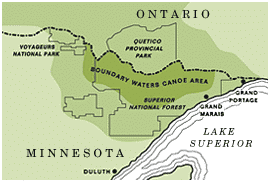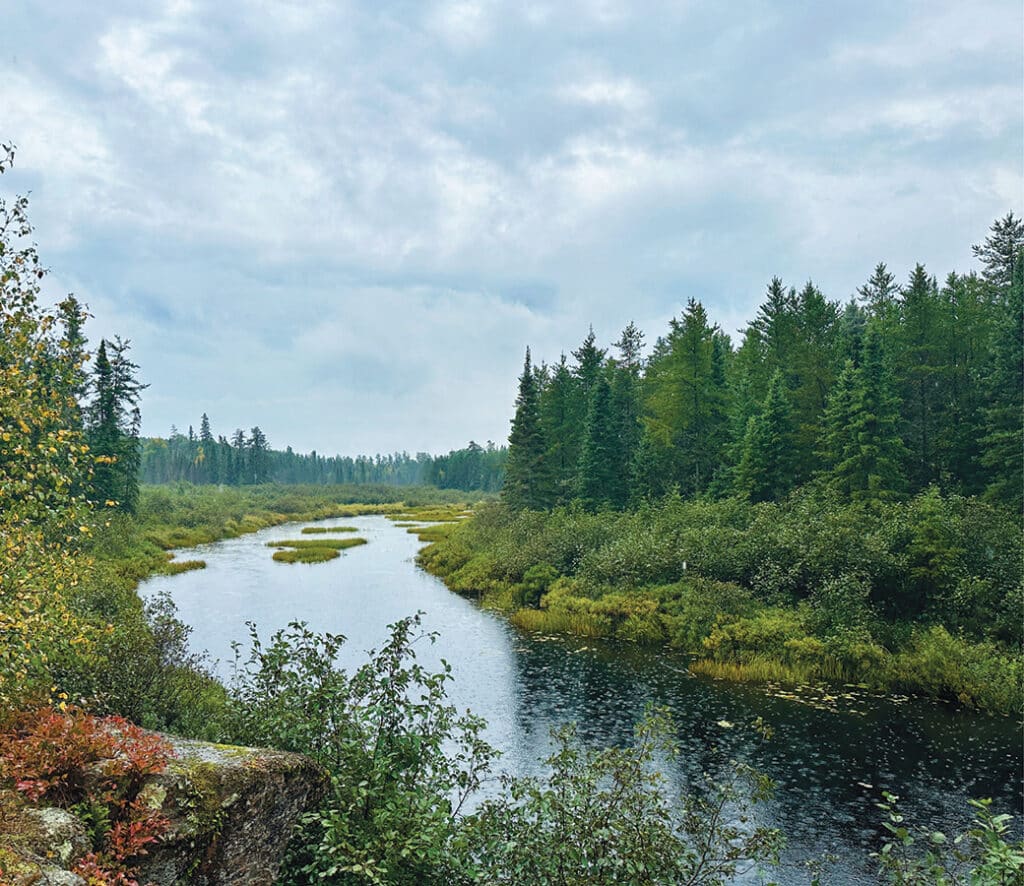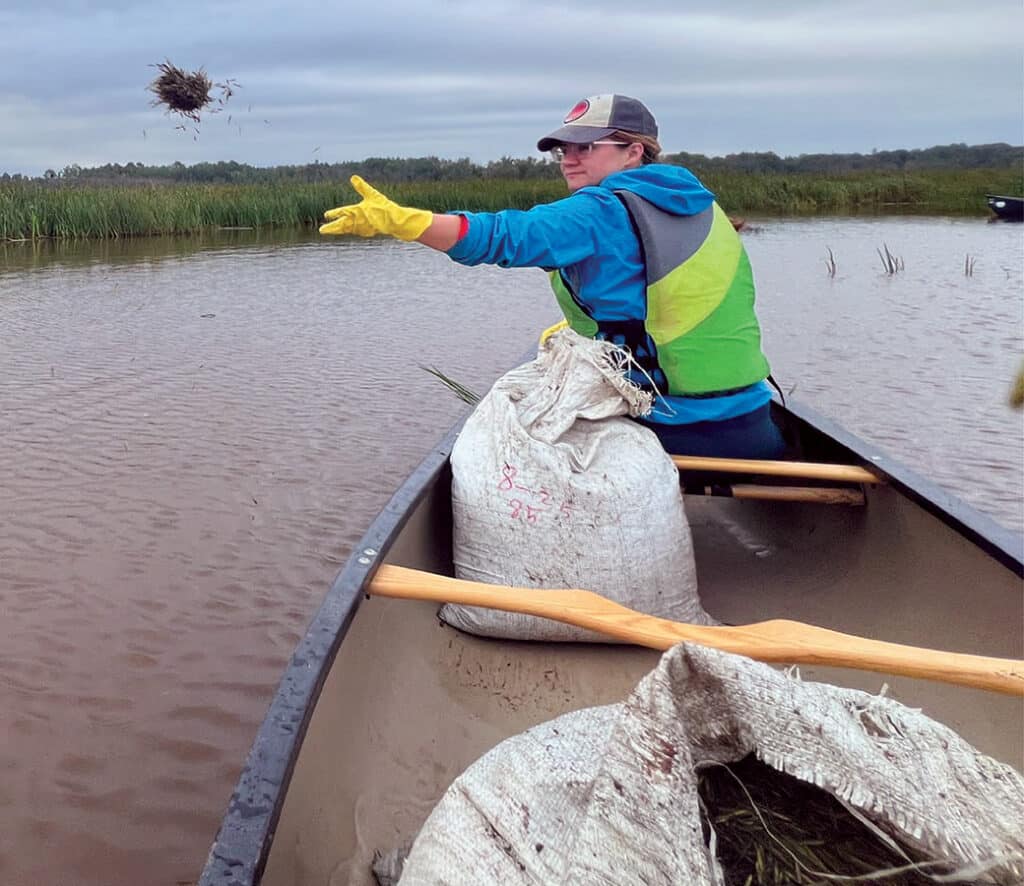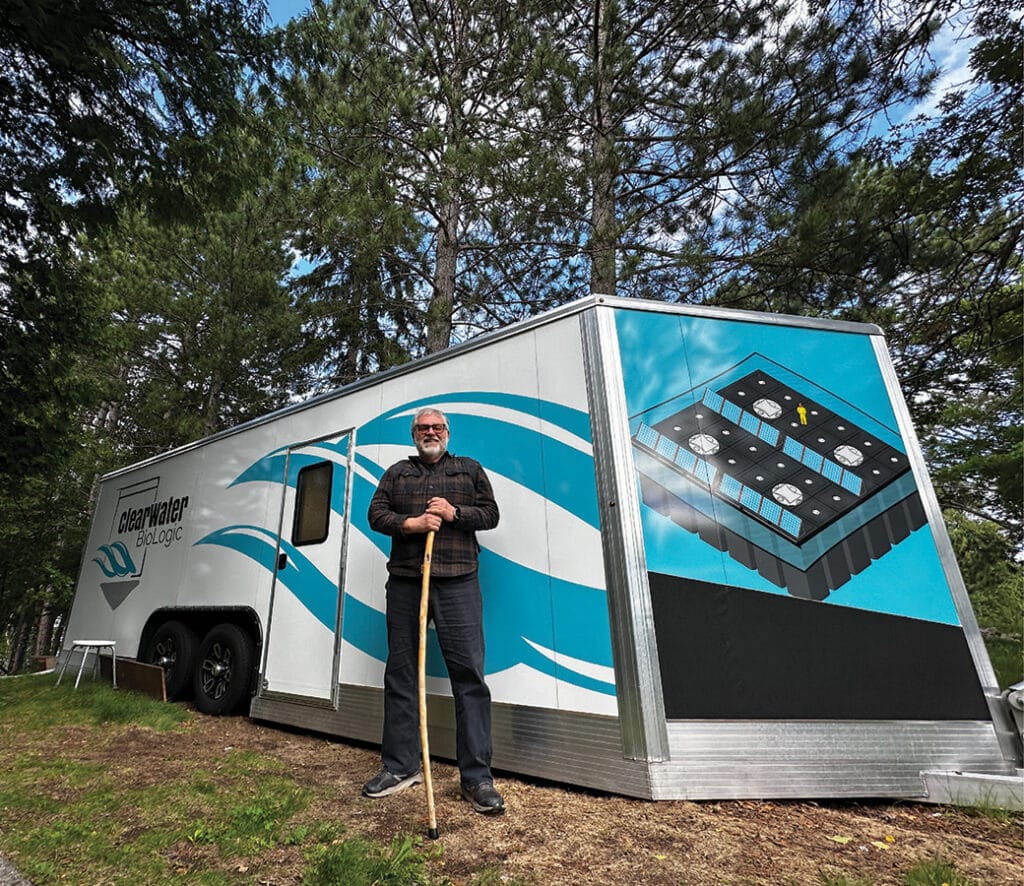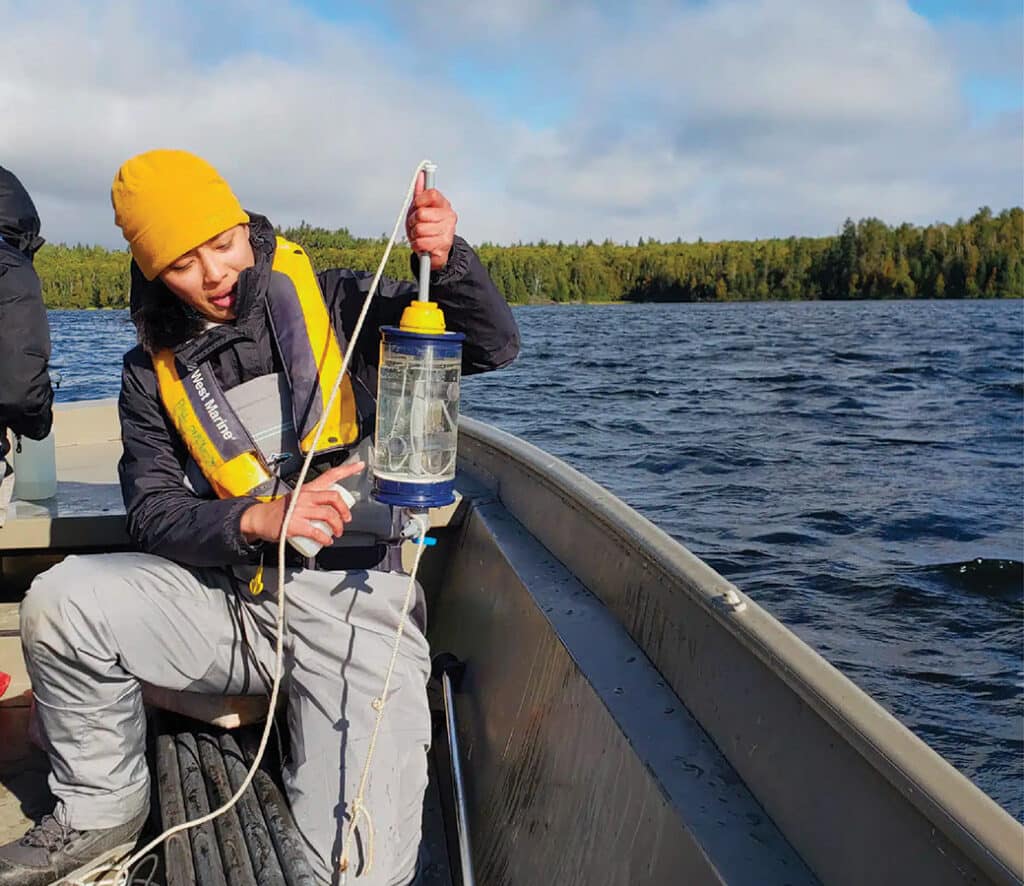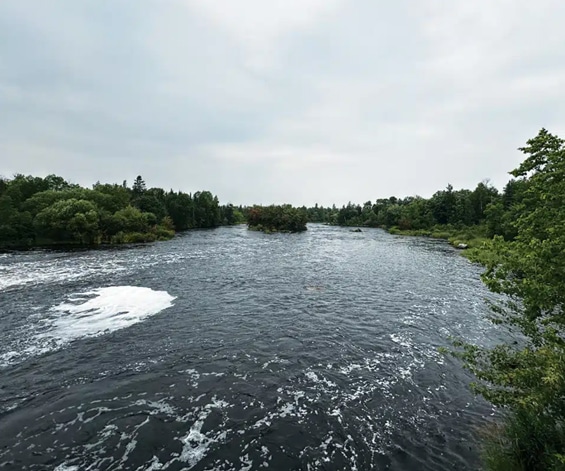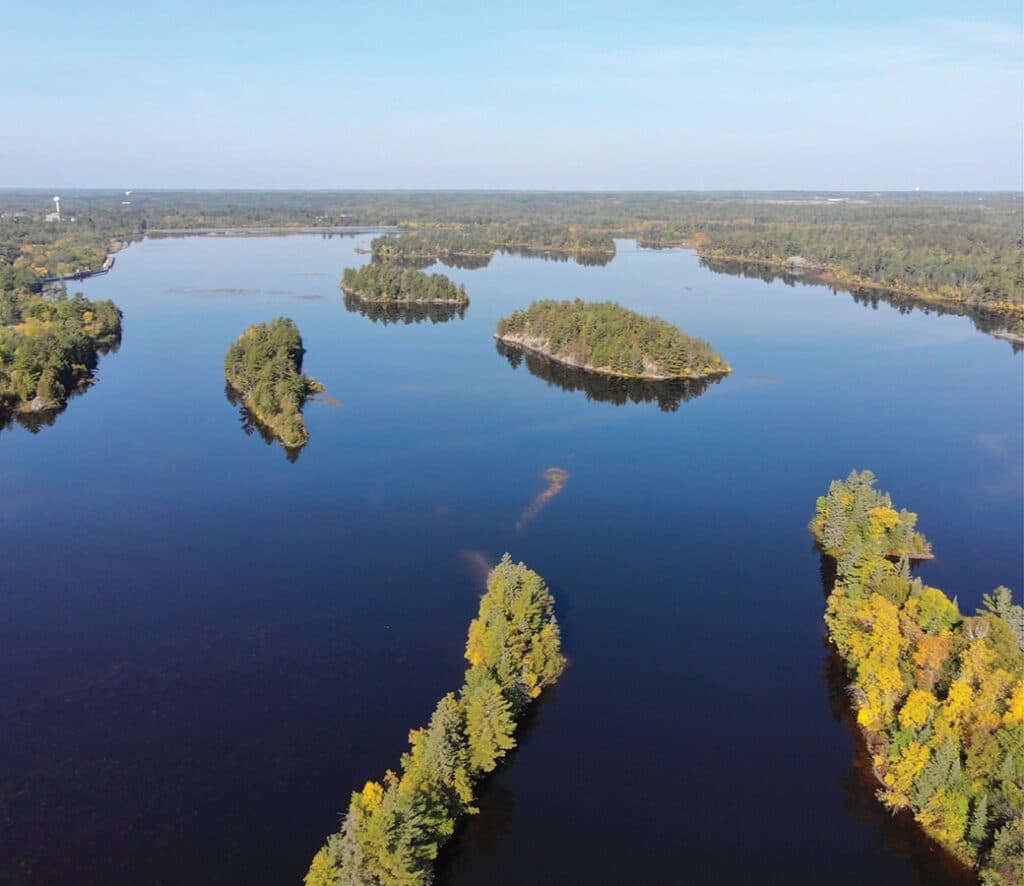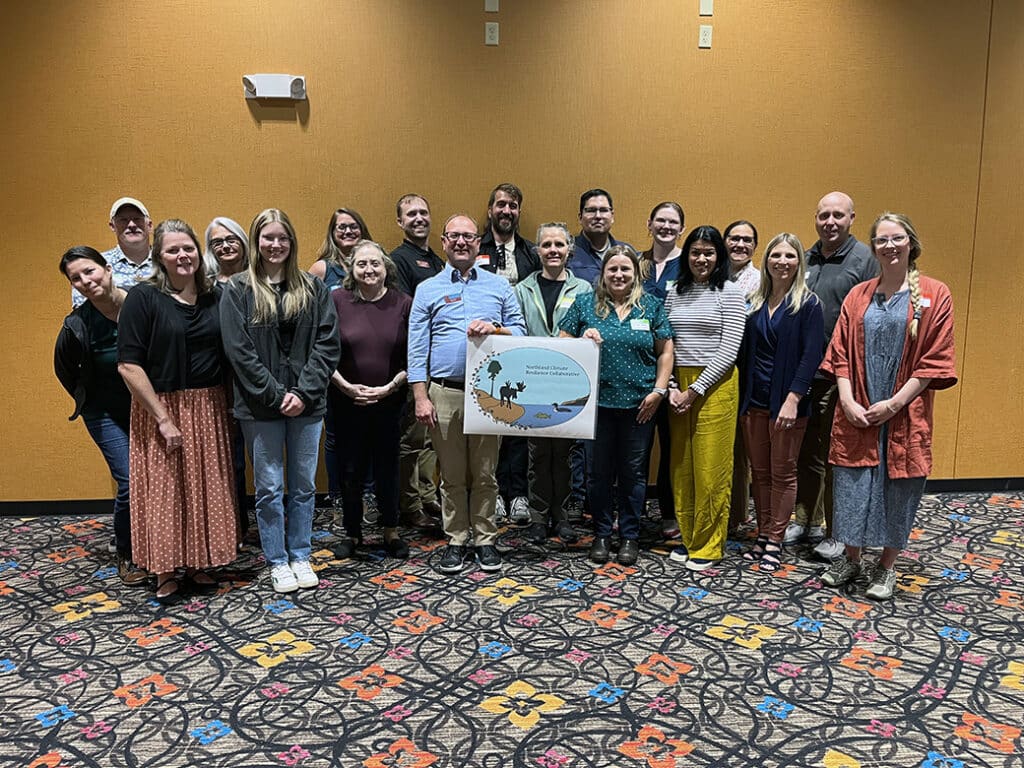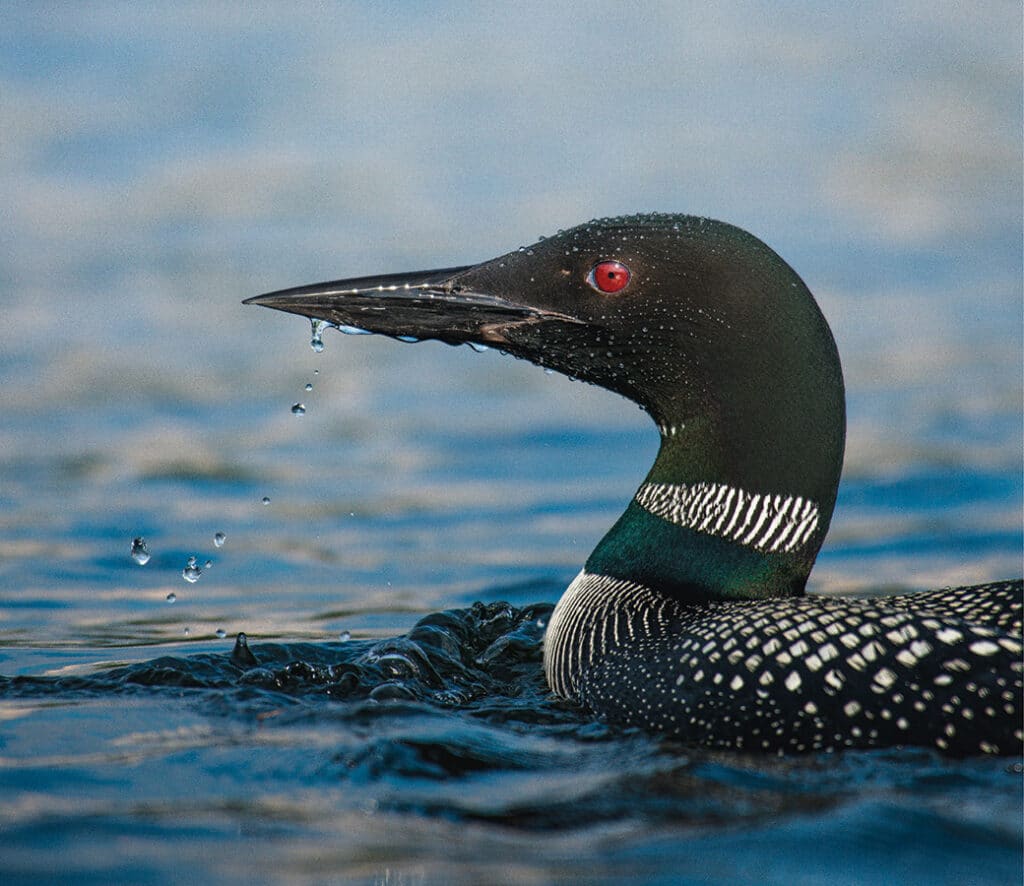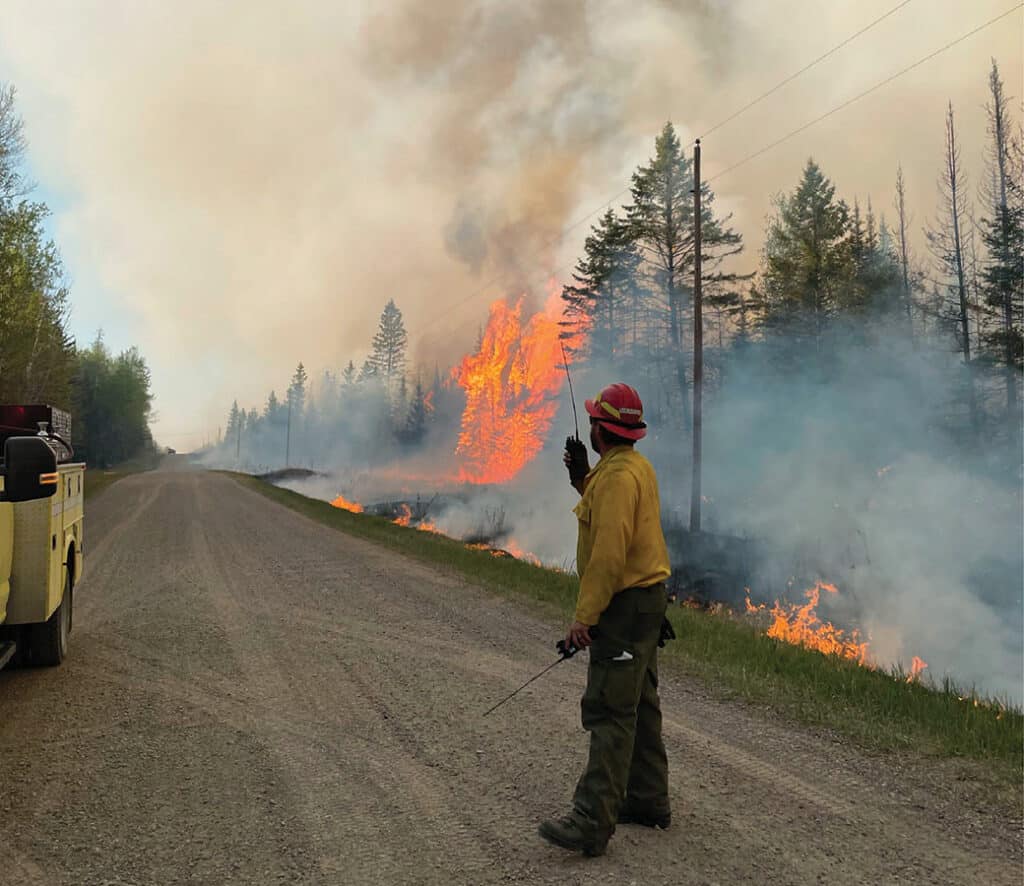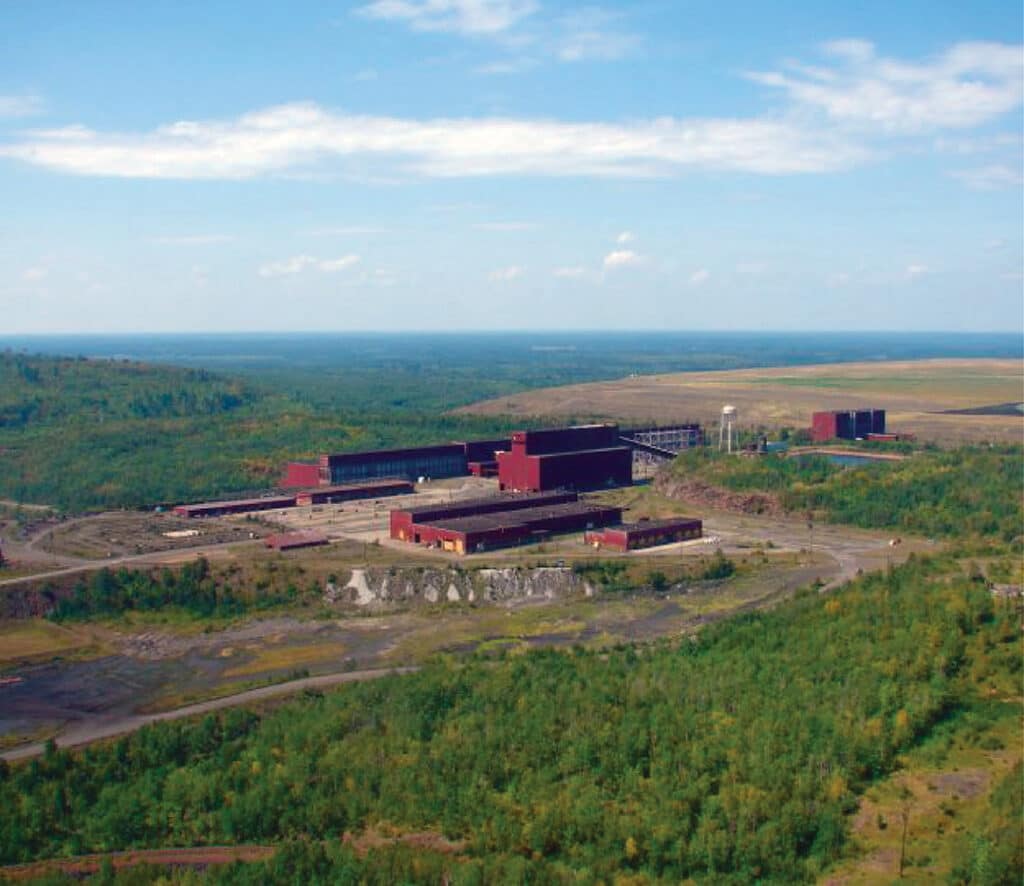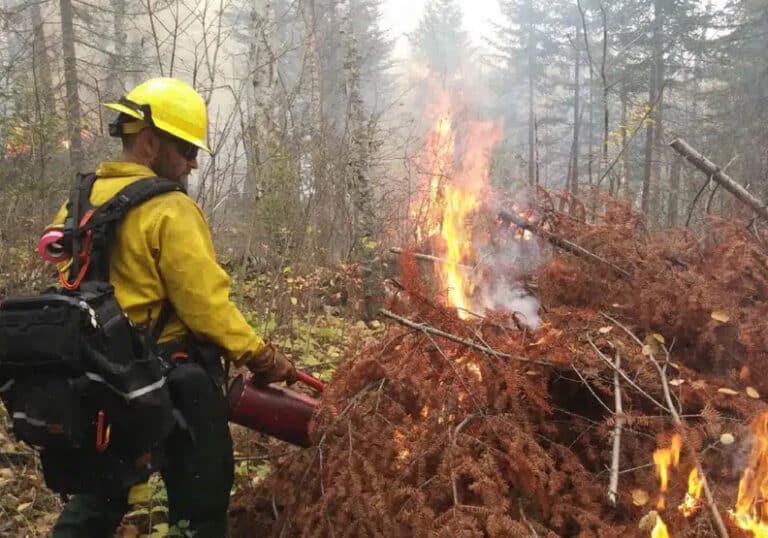Fall’s greatest wildlife show: why Hawk Ridge should top your bucket list
High above Duluth, thousands of raptors soar past Hawk Ridge each year during migration season. From bald eagles to kestrels, this world-class birding destination offers unforgettable views, expert-led programs, and hiking trails surrounded by fall color. Here’s how to plan your visit to Hawk Ridge Bird Observatory.

